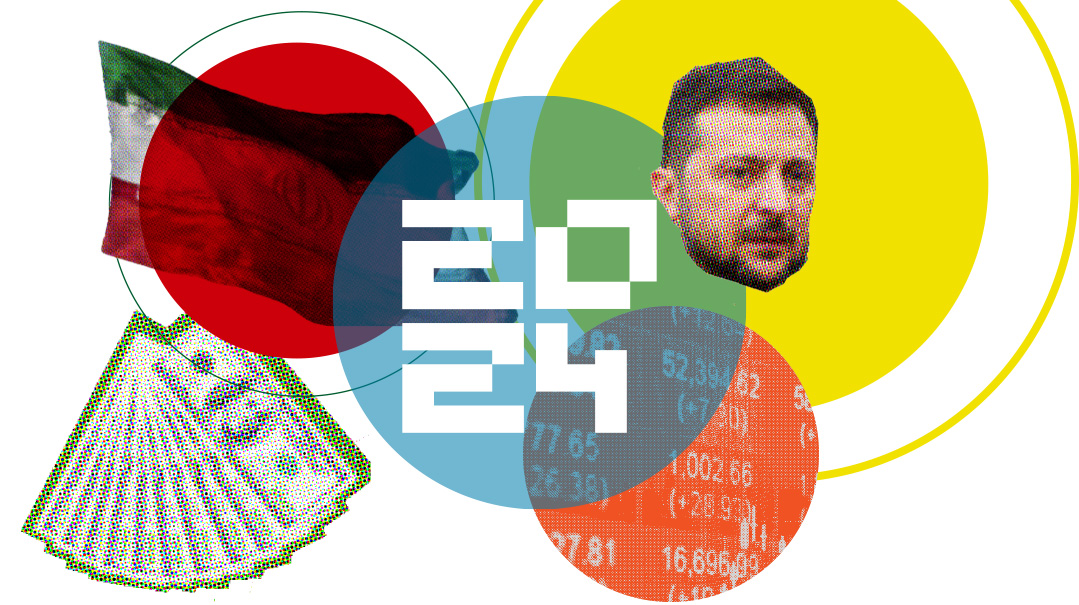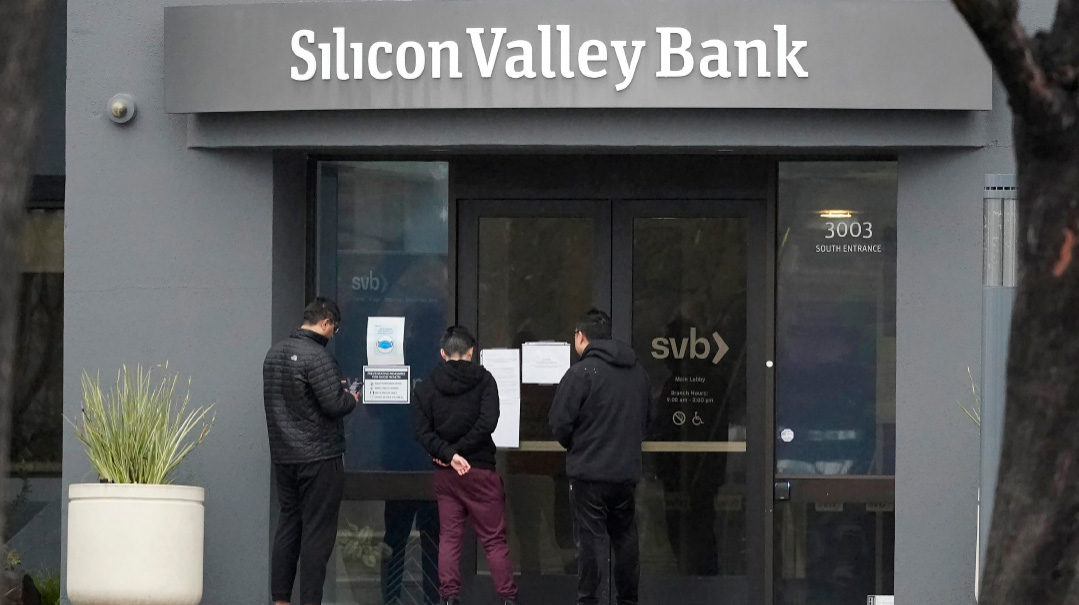The Taxman Cometh


There are aren’t too many issues where freshman Democrat Alexandria Ocasio-Cortez, a firebrand progressive, and Ann Coulter, an outspoken right-wing commentator, can find common ground. Which is why eyebrows were raised in Washington when Coulter tweeted support for Cortez’s proposal to impose a 70% tax on the wealthy.
“Ocasio-Cortez wants a 70–80% income tax on the rich. I agree! Start with the Koch Bros. — and also make it WEALTH tax,” Coulter tweeted.
It’s no surprise that Cortez’s idea is generating so much debate. Although most who support the proposal hail from the socialist wing of the Democratic Party — think Sen. Bernie Sanders and Sen. Elizabeth Warren — there are also those on the right-wing margins who see merit in the idea. The logic is simple. Both poles want to endear themselves to the mythical blue-collar worker, whose buying power has dwindled over the decades while that of his wealthy neighbor has skyrocketed. That’s why Cortez’s tax plan, one of the planks of what she calls the Green New Deal, is the talk of the town in Washington.
I admit that I too considered her tax-the-rich scheme a half-baked idea until this week, but then realized that the debate around the plan is serious, even if the plan itself is not. Moreover, the very fact that a congresswoman who’s been in office all of one month is generating so much buzz is impressive, even though many of her proposals are not.
First, let’s try to understand what she is suggesting — or more accurately, what she is not. Cortez suggests raising the marginal tax on those who earn more than $10 million to 70%. That means those who earn more than $10 million would be taxed at a 70% rate once they reach that very high level. Income before that would be taxed at a much lower rate.
Sounds radical, doesn’t it? Most Republicans, and even some Democrats, would agree. However, some history is in order. From the 1920s all the way through the 1980s, the top marginal tax rate varied between 25% and 90%. When Ronald Reagan took office, he rolled back the top marginal rate of 70% first to 50% and then to 28% as he was leaving office in 1988. So, historically speaking, Cortez’s idea is not unheard of — even if it does hearken back to the Jimmy Carter era. That said, top marginal tax rates of 90% are no longer in vogue. The highest rate today anywhere in the world is Aruba, with a top rate of 59%, followed by Sweden with a top rate of 57%. The United States ranks 39th in the world with a top rate of 37%.
Surprisingly, Americans aren’t as opposed to the idea as one might think. The Hill-Harris X Survey, taken last month, found that 59% of registered voters supported the idea. Of those, 45% were Republicans, and 56% lived in rural areas.
How much more money might the federal government take in if taxes were steeply increased? There’s an argument about that. The Washington Post gives a rough estimate of $72 billion annually. But others claim that reducing tax rates for those who earn less (also part of the proposal) will cause people to work fewer hours, resulting in a net loss in federal tax revenue. Some say that taxing the rich at a high rate will strangle the flow of capital investment dollars to the economy, costing everyone in the long run.
In the meantime, this idea isn’t going anywhere. Any such proposal would receive an instant presidential veto. But it’s interesting to note that AOC’s idea is moving into the mainstream.
(Originally featured in Mishpacha, Issue 748)
Oops! We could not locate your form.













